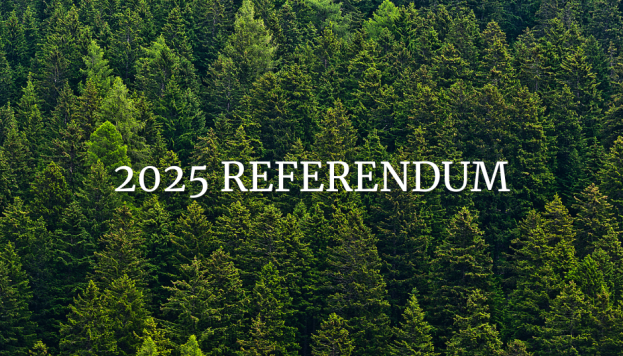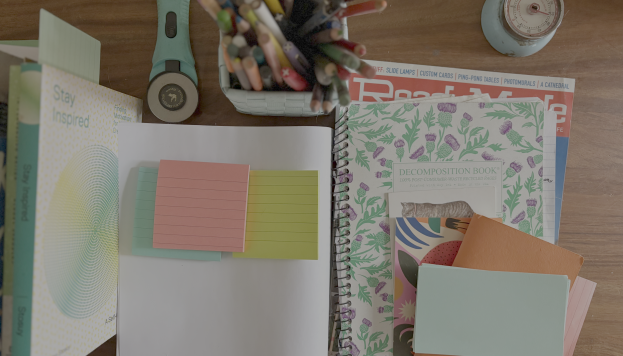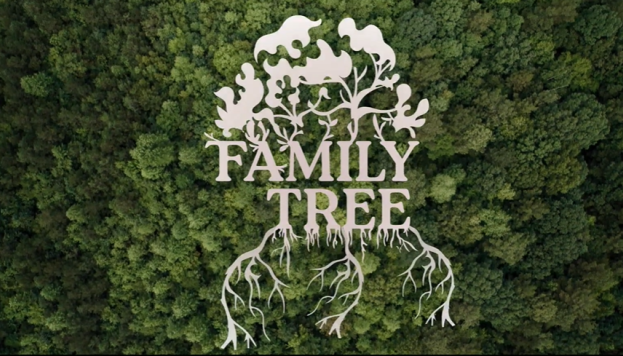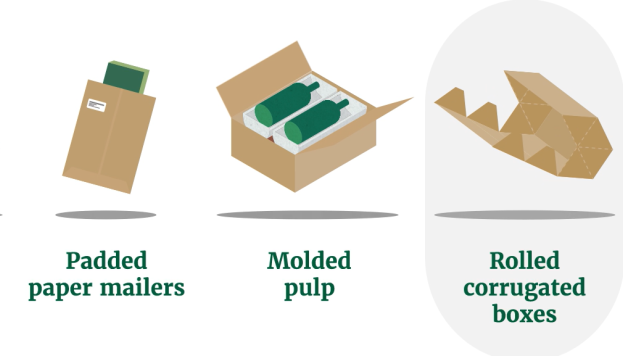The World’s Finest Chocolates are Packaged in Paper
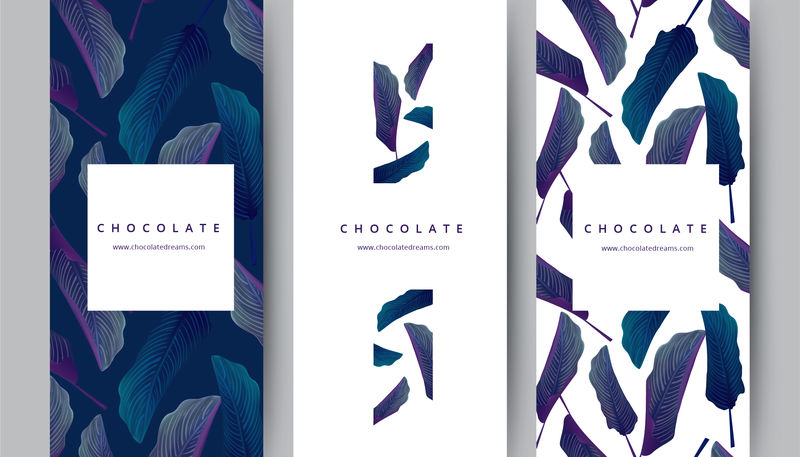
World Chocolate Day was first celebrated on July 7, 1550. The history of this holiday traces back to the introduction of a Mexican hot beverage made from cacao beans to the Spanish, and later the rest of Europe.
True chocolate lovers know the science behind various types of chocolate. For example, white chocolate has no cocoa and therefore is not considered to contain any chocolate. Dark chocolate, on the other hand, has at least 55% cocoa, which is the reason for its bitter taste. Beyond the science of chocolate making, there is also a science behind chocolate packaging.
Chocolate is packaged in materials that prevent oxidation and protect the taste and aroma of the chocolate. When exposed to oxygen, chocolate can get stale, lose its flavor and ultimately become inedible, rendering it unfit to sell. As a result, virgin fiber paperboard is used, but barriers are also needed to mitigate the transfer of external odors and ensure shelf life. One chocolate maker notes “If we do not minimize the risk of the chocolate acquiring an off-taste from the packaging material (a very unique bouquet), then the rest does not matter.” Belgian chocolatiers are considered by many to maintain the strictest standards for cleanliness, purity and odor neutrality.
Meeting sustainability goals is another reason why food brands including the chocolate industry are turning to paper packaging. German chocolate company, Ritter Sport is trialing paper wrappers because it is a renewable, recyclable material, and their customers are loving it. How customers perceive packaging effects how much they are willing to spend. According to one study, packaging significantly affected the price consumers expected to pay for otherwise identical items. People were willing to spend nearly seven times more for the same products when they were presented in the high-end, elegant combinations of paperboard and other materials. For items like chocolate, people may spend three times the price when it comes in premium packaging. The ability to merchandise with elegant designs, foils and other accents that bring the brand to life is why paper is the packaging of choice for premium chocolate brands. Delve in deeper with Harper Macaw to see why this chocolate brand chose paper packaging for its protection, presentation and sustainability.
At the end of the day, however, I suspect a lot of the benefit from eating chocolate is from what it does to your head, which in turn, does good things for the rest of your body. Enjoy!
